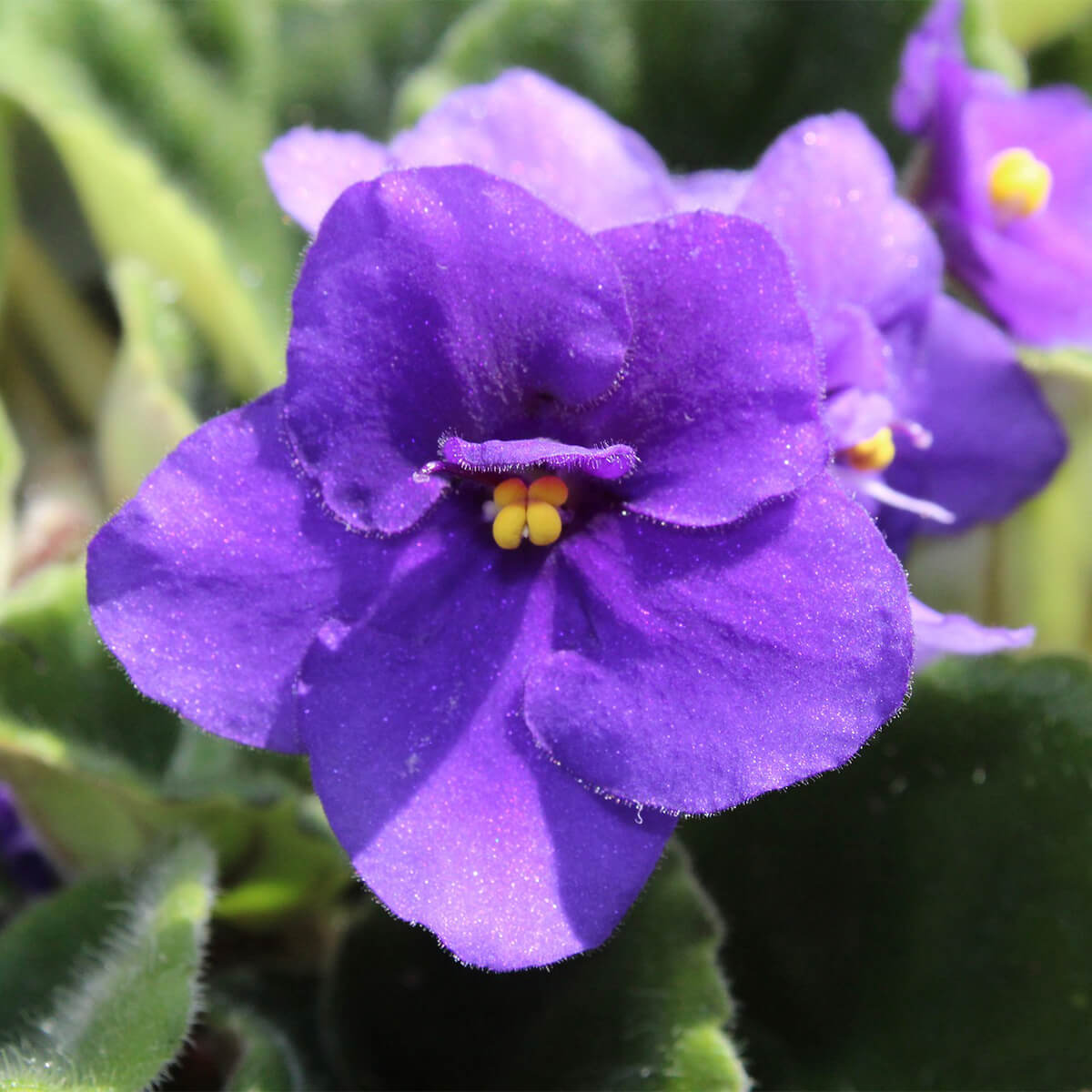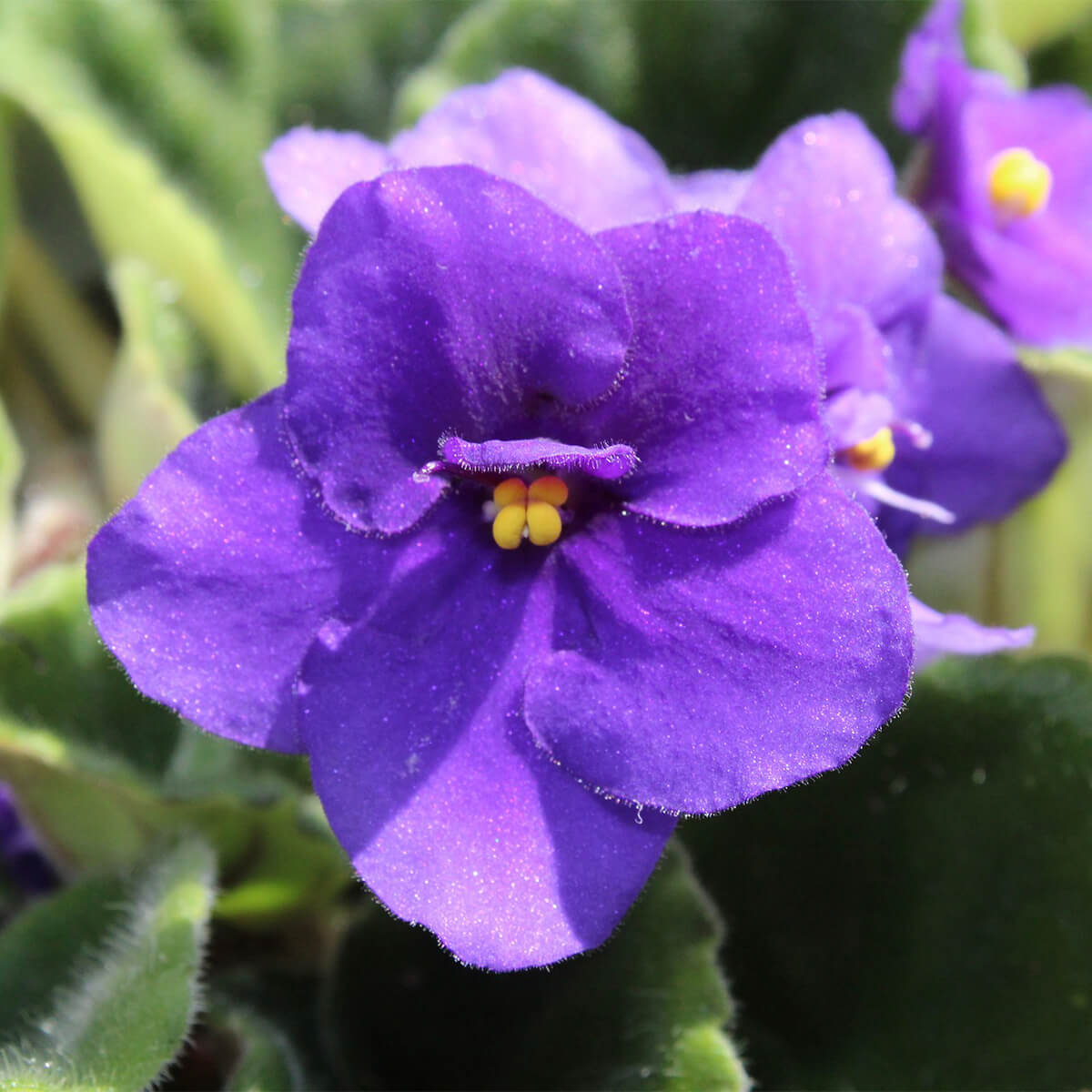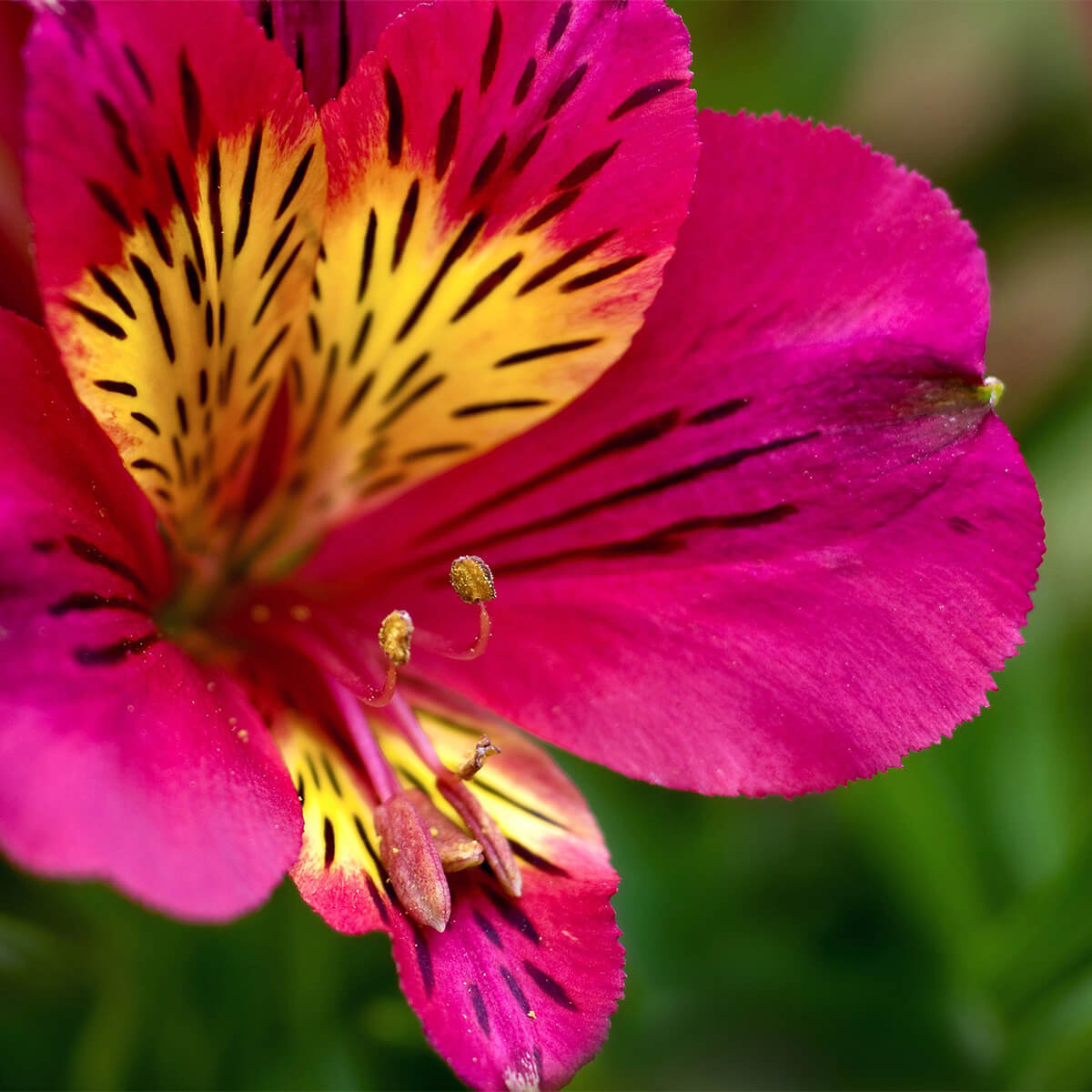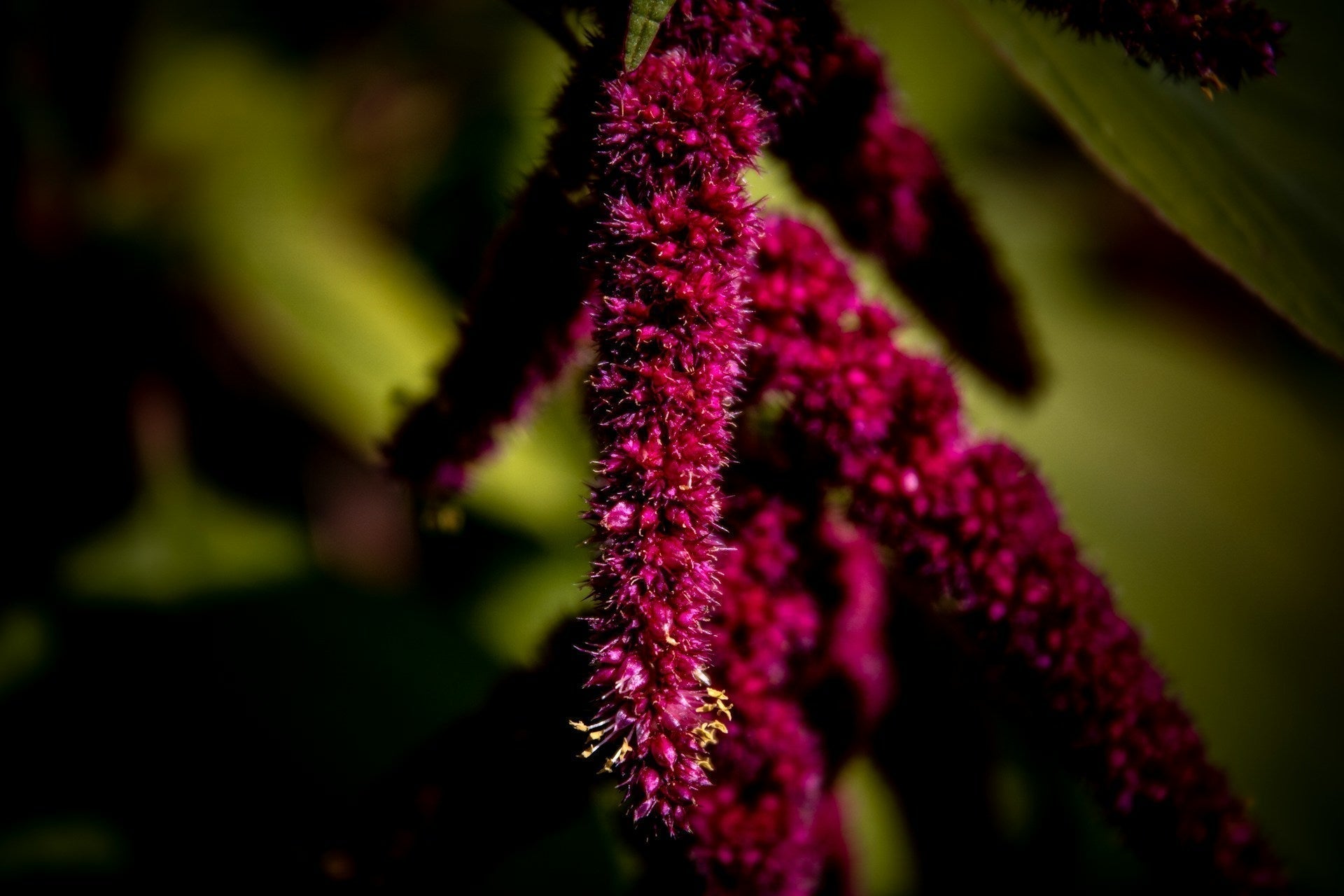African Violet – Streptocarpus
Symbolism: Enduring friendship and faithfulness
Description: Though dainty and fragile in appearance, the African violet is a pretty tough flowering plant that will easily grow on any warm, sunny windowsill. Blossoms come in a wide range of colours, including all shades of purple, blue, pink, red, and white. You can also find bi-colours and white with single and double-flowering forms. African violets are known for their boast attractive fuzzy foliage; some varieties have ruffled or variegated leaves with white and green edges
Named after: Baron von Saint Paul, who was serving as the imperial district governor of Tanganyika, a small country in east Africa, when he discovered and collected two of the plants now known as African violets.
Latin/Scientific name: Streptocarpus (formerly Saintpaulia) ionanthus
Native to: Tropical rainforests of Tanzania and Kenya in East Africa
Flowering period: Nearly year-round under the right conditions, with each bloom lasting about 2 to 3 weeks
Vase life: N/A
Popular use in floral arrangements or bouquets: N/A
When in stock in our shops: Year-round
African Violet plant care
Light
- Place your potted African violet plant in a location that receives bright, indirect sunlight.
- Avoid direct sunlight as it can burn the leaves.
- African violets can also be grown under fluorescent lights if natural light is not sufficient.
Soil
- Use a well-draining potting mix that contains perlite or vermiculite to ensure proper drainage.
- African violets prefer slightly acidic soil with a pH between 6.0 and 6.5.
Water
- Water your African violet plant when the top inch of soil feels dry to the touch.
- Water the plant from the bottom by placing it in a tray of water and allowing it to soak up water through the drainage holes.
- Avoid getting water on the leaves, as it can cause spotting or damage.
- Temperature & Humidity: African violets prefer warmer temperatures (60-80°F, 16-27°C).
- They also prefer a humid environment, so placing a tray of water near the plant or using a humidifier can help maintain adequate humidity levels.
Feeding
- Fertilize your African violet plant every 2-4 weeks with a balanced, water-soluble fertilizer during the growing season (spring and summer).
- Use a fertilizer that is specifically formulated for African violets.
- Avoid fertilizing during the winter months when the plant is dormant.
Transitioning Indoors to Outdoors
- African violets are typically grown indoors, as they are sensitive to temperature and light changes.
- It is not recommended to transition African violet plants from indoors to outdoors.







